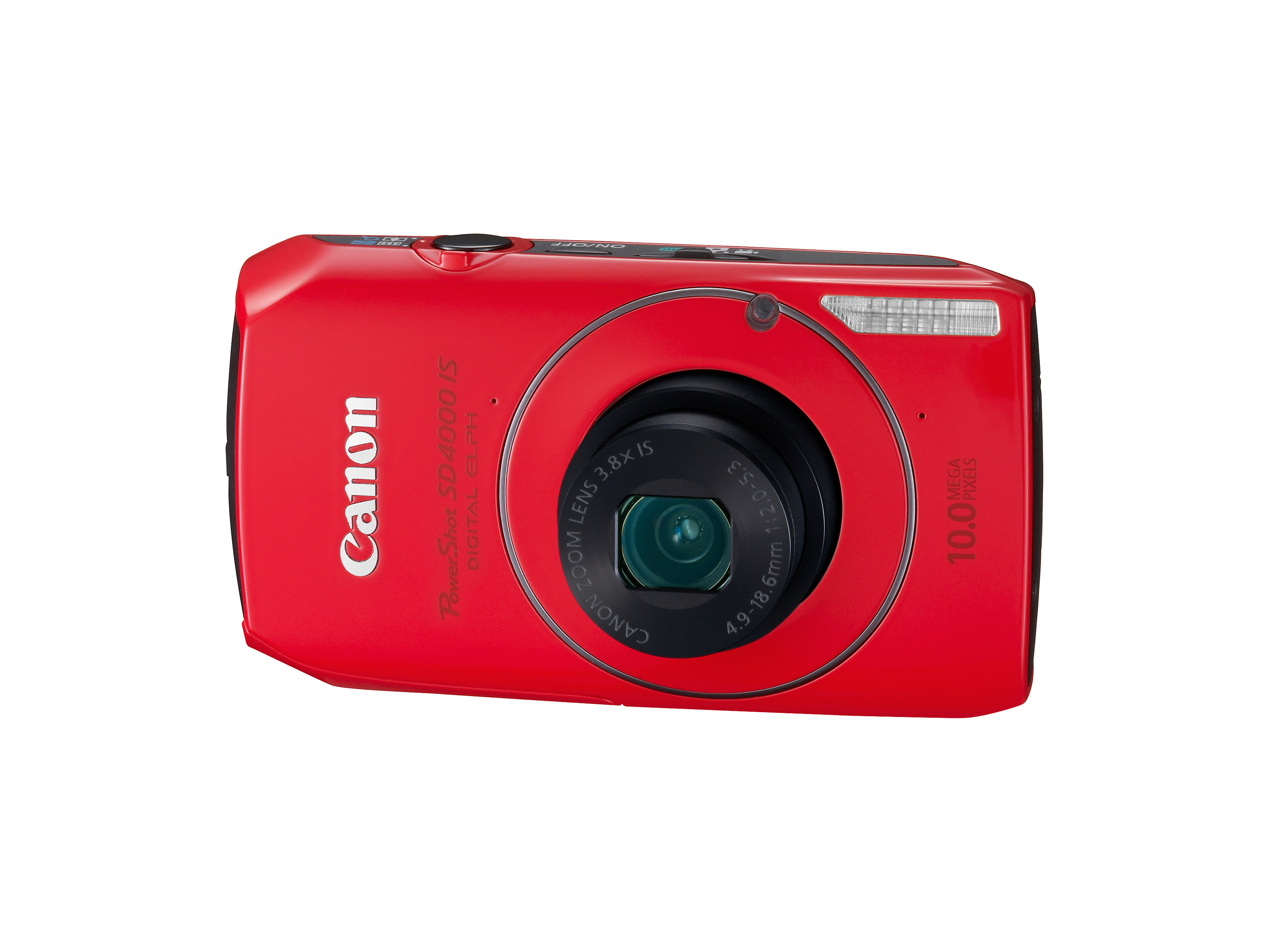Canon PowerShot SD4000 IS brings f/2.0 lens, CMOS sensor, and slow-motion video for $349.99

Canon's latest entry to its well-known Digital Elph lineup, the PowerShot SD4000 IS, is slated to hit the U.S. market at the end of May and will sell for a competitive $349.99. The first Elph to incorporate a backside illuminated CMOS sensor, the SD4000 sports a bright (f/2.0-5.3) 28-105mm equivalent lens (similar to that of the immensely popular PowerShot S90), promising to deliver better low-light shooting and high-speed performance than its predecessors.
As fellow ZDNet blogger Rachel King mentions in her earlier post on the European version of this camera, Canon chose to stick with a 10-megapixel sensor rather than ratcheting resolution up to 12 or 14 megapixels like many of its competitors. I actually think this is a smart move on Canon's part, since the SD4000's sensor is still only the 1/2.3-inch size typical of compact cameras. Cramming more megapixels onto small sensors results in diminished low-light performance with noisier images. In fact, Canon seems to have stepped back from the marketing-driven megapixel wars, adopting 10-megapixel sensors in even its prosumer compact shooters like the PowerShot G11 and S90, which have larger 1/1.7-inch sensors.
Speaking of sensors, the SD4000's CMOS sensor (combined with Canon's latest Digic 4 image processor) enables the camera to not only improve low-light/high-sensitivity shooting, but it also allows Canon to amp up the camera's high-speed burst rate to 8.4 frames per second and to offer a new Super Slow Motion video recording mode that records video at a very high frame rate, a feature that competitors like Casio and Samsung have already offered.
